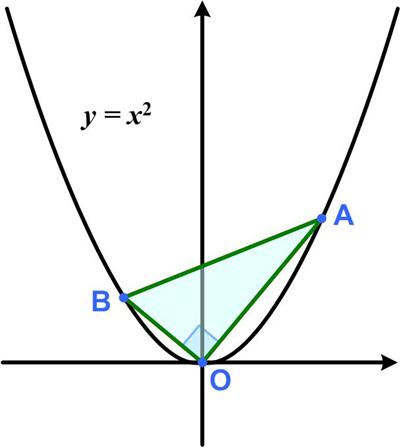 Since the changes in Twitter (now X), I have not been able to see the posts, not being a subscriber. But I noticed poking around that some twitter accounts were still viewable. However, like some demented aging octogenarian they had lost track of time, that is, instead of being sorted with the most recent post first, they showed a random scattering of posts from different times. So a current post could be right next to one several years ago. That is what I discovered with the now defunct MathsMonday site. I found a post from 10 May 2021 that I had not seen before, namely,
Since the changes in Twitter (now X), I have not been able to see the posts, not being a subscriber. But I noticed poking around that some twitter accounts were still viewable. However, like some demented aging octogenarian they had lost track of time, that is, instead of being sorted with the most recent post first, they showed a random scattering of posts from different times. So a current post could be right next to one several years ago. That is what I discovered with the now defunct MathsMonday site. I found a post from 10 May 2021 that I had not seen before, namely,
“The points A and B are on the curve y = x2 such that AOB is a right angle. What points A and B will give the smallest possible area for the triangle AOB?”
See the Pythagorean Parabola Puzzle for solution.
(Update 9/1/2023) Elegant Alternative Solution by Oscar Rojas
Continue reading

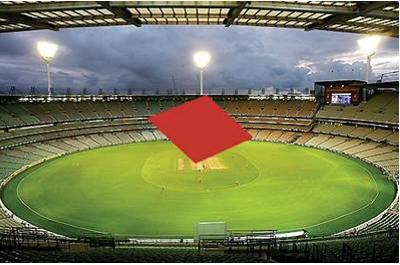 This is another puzzle from the Maths Masters team, Burkard Polster (aka Mathologer) and Marty Ross as part of their “Summer Quizzes” offerings.
This is another puzzle from the Maths Masters team, Burkard Polster (aka Mathologer) and Marty Ross as part of their “Summer Quizzes” offerings. Another
Another  This is a problem from the 1987 American Invitational Mathematics Exam (AIME).
This is a problem from the 1987 American Invitational Mathematics Exam (AIME). This is the second part of the problem from Raymond Smullyan in the “Brain Bogglers” section of the 1996 Discover magazine.
This is the second part of the problem from Raymond Smullyan in the “Brain Bogglers” section of the 1996 Discover magazine. This is a relatively simple problem from the inventive Raymond Smullyan in the “Brain Bogglers” section of the 1996 Discover magazine.
This is a relatively simple problem from the inventive Raymond Smullyan in the “Brain Bogglers” section of the 1996 Discover magazine.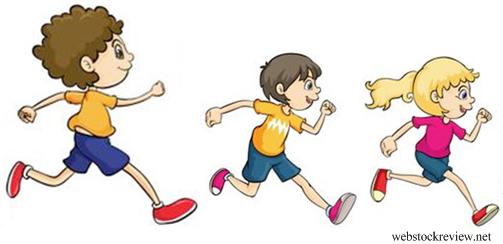 This is a nice variation on a racing problem by Geoffrey Mott-Smith from 1954.
This is a nice variation on a racing problem by Geoffrey Mott-Smith from 1954. The June 2023
The June 2023 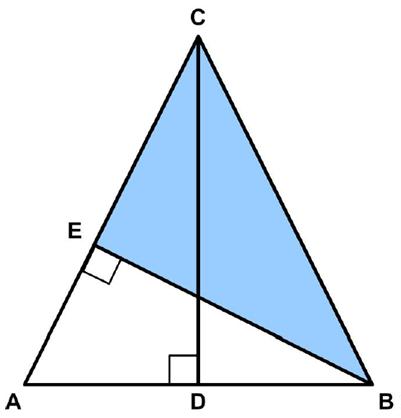 The Futility Closet website had the following
The Futility Closet website had the following 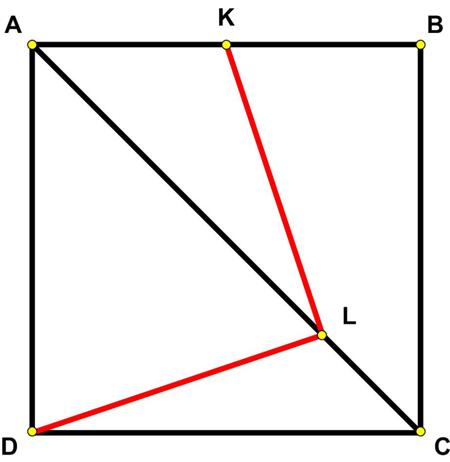 Here is another problem from the “Challenges” section of the Quantum magazine.
Here is another problem from the “Challenges” section of the Quantum magazine.